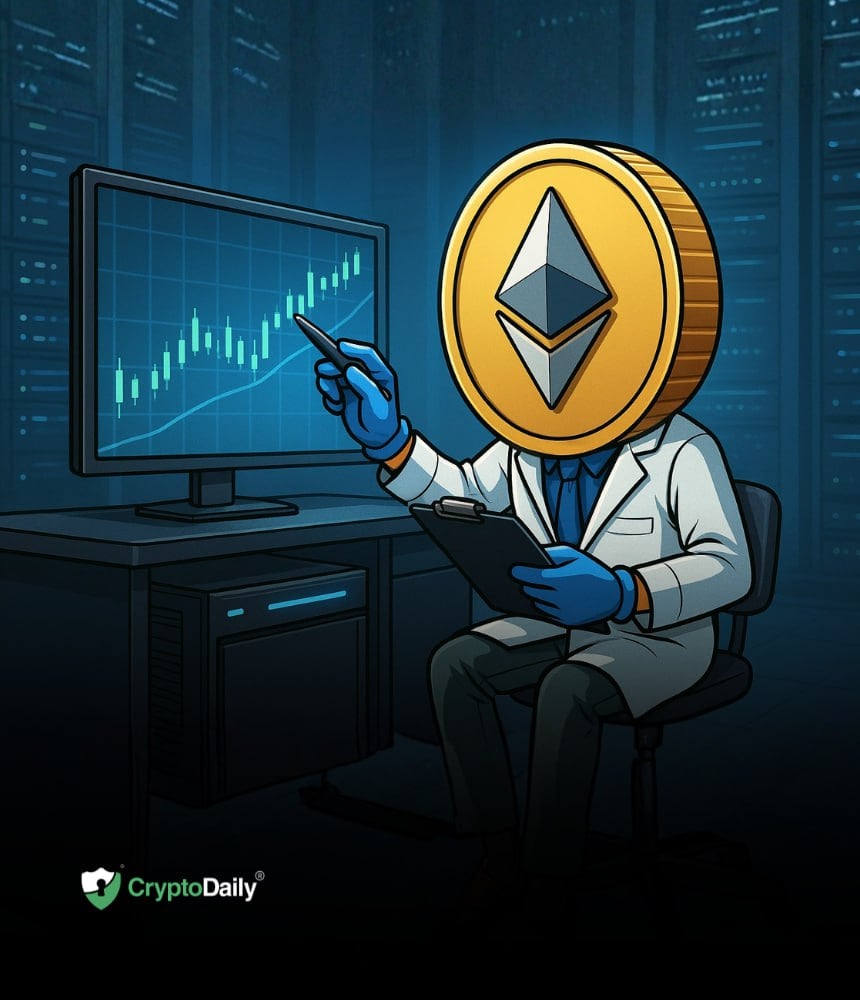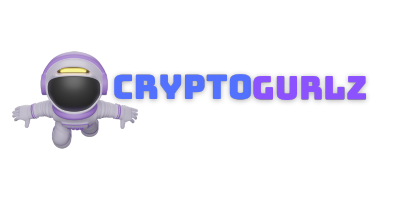Cryptocurrency Prices by Coinlib

Ethereum Enters Ultimate Testnet Part Forward Of Fusaka Improve

Ethereum has entered the ultimate testnet part of its Fusaka improve forward of its December 3 rollout. The extremely anticipated exhausting fork options an enchancment proposal that units the gasoline charge restrict for every transaction. The cap on particular person transactions will enhance block effectivity, scale back the dangers of DoS, and create the groundwork for parallel execution in future upgrades. Ethereum Enters Ultimate Testnet Part Ethereum has entered the ultimate testnet part of its Fusaka improve forward of its anticipated mainnet rollout on December 3. The Fusaka improve introduces a per-transaction gasoline cap of 16.78 million models to reinforce block effectivity and put together the community for parallel execution. The change, already lively on the Hokesky and Sepolia testnets, goals to forestall single transactions from utilizing up the whole block’s gasoline. Beforehand, single transactions might use the total block gasoline restrict of 45 million. This elevated the chance of denial-of-service (DoS) assaults and restricted scalability. A cap limits the processing energy a single transaction can use and ensures a single transaction can’t monopolize the whole block. This permits the community to function effectively and deal with exercise evenly. The Ethereum Basis mentioned the improve in a weblog put up, stating,
“Beforehand, a single transaction might devour the whole block gasoline restrict (~45 million gasoline), creating potential DoS dangers and stopping parallel execution. EIP-7825 establishes a tough higher sure of 2²⁴ gasoline per transaction to enhance block packing effectivity and pave the best way for higher parallel processing in future execution environments.”
The Ethereum Basis suggested customers and builders counting on giant transactions to make sure that their contracts and transaction builders align with the brand new cap. Ethereum Basis researcher Toni Wahrstätter acknowledged,
“For many customers, nothing modifications. The overwhelming majority of transactions are already nicely under 16 million gasoline. Nevertheless, sure contracts and deployment scripts, notably these performing batch operations, might exceed this restrict. Such transactions can be invalid as soon as Fusaka prompts.”
Transition In the direction of Parallel Execution A per-transaction gasoline restrict cap will assist make block composition environment friendly and predictable, making certain smaller transactions can match inside a block. The improve is a part of Ethereum’s transition in direction of parallel execution. Parallel execution will enable Ethereum to course of a number of transactions concurrently. The introduction of transaction gasoline caps comes after Ethereum launched the Fusaka improve on the Sepolia testnet, elevating the block gasoline restrict from 45 million to 60 million. The Fusaka improve is scheduled to roll out on the Hoodi testnet on October 28, with the mainnet launch scheduled for December 2025. A Vital Improve The Fusaka improve (EIP-7825) is a major milestone for Ethereum. It comes after the Dencun improve (March 2024) and the Pectra improve (Might 2025). Fusaka raises Ethereum’s default block gasoline restrict from 45 million to 60 million, and units a per-transaction gasoline cap of 16.77 million. It additionally introduces PeerDAS, the improve’s major function. PeerDAS (Peer Knowledge Availability Sampling) permits Ethereum nodes to retailer solely small, randomly chosen parts of Layer 2 “blob” information, somewhat than the whole dataset. This reduces {hardware} demand and permits cheaper, higher-throughput scaling for Layer 2 networks whereas making certain community safety.Glamsterdam, Ethereum’s subsequent main improve, will give attention to Ethereum’s execution layer and introduce EIP-7828, step one in direction of parallel transaction processing. Gabriel Trintinalia, protocol engineer at Besu, acknowledged,
“These testnets upgrades are essential in constructing confidence forward of the mainnet fork, permitting consumer groups, validators, and the ecosystem to validate efficiency, detect edge circumstances, and fine-tune parameters earlier than activation.”
Disclaimer: This text is supplied for informational functions solely. It's not provided or meant for use as authorized, tax, funding, monetary, or different recommendation.
